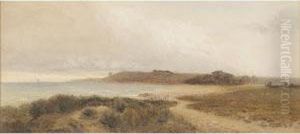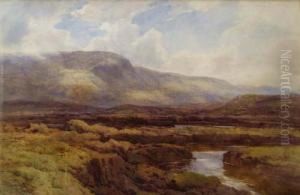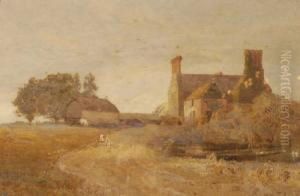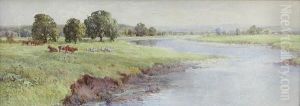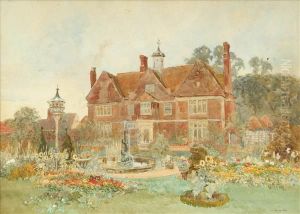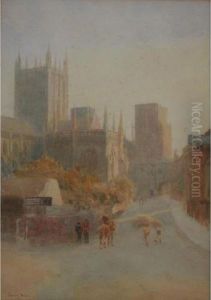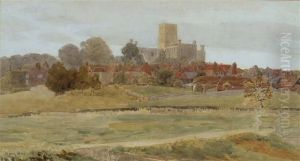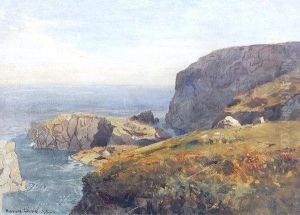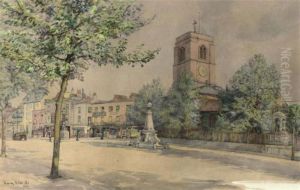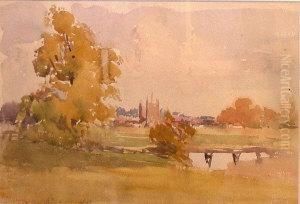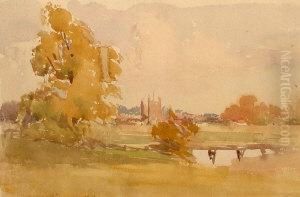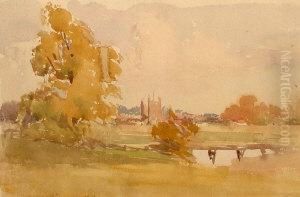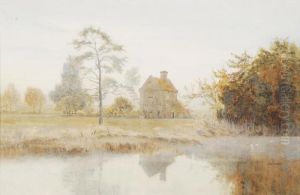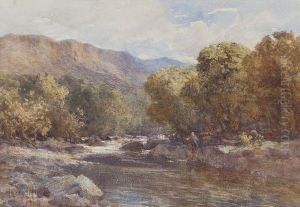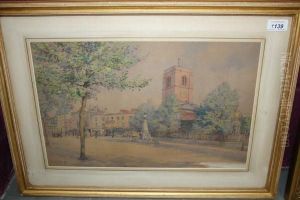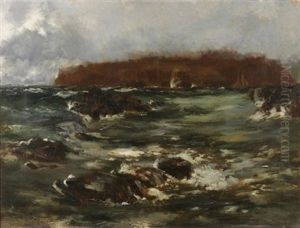Harry T. Hine Paintings
Harry T. Hine, born in 1874, was an American artist known for his contribution to the realm of watercolor painting. His artistic journey began in his early years, showing a profound interest in capturing the essence of landscapes, maritime scenes, and the daily life of people through his delicate yet expressive watercolor techniques. Hine's style evolved over the years, marked by a keen observation of light and shadow, which he masterfully manipulated to bring depth and emotion to his paintings.
Educated at the Art Students League in New York, Hine was deeply influenced by the vibrant art scene of the early 20th century. This period was a time of remarkable artistic innovation in America, and Hine's work absorbed influences from various contemporaries and movements, yet he maintained a distinctive voice that was reflective of his personal vision and the American spirit.
Throughout his career, Harry T. Hine dedicated himself to exploring the possibilities of watercolor, pushing the boundaries of this medium which was often considered less prestigious than oil painting. He was an active member of the American Watercolor Society, where he not only exhibited his works but also contributed to the promotion of watercolor as a serious and respected art form.
Hine's paintings often depicted the serene and bucolic landscapes of America, maritime scenes filled with the energy and movement of the sea, and vignettes of everyday life that captured the changing times. His ability to evoke mood and atmosphere through color and brushwork made his work popular among art collectors and the public alike.
Despite his success, Harry T. Hine remained a humble artist dedicated to his craft. He continued to paint and exhibit his work until his death in 1945. Today, his paintings are held in high regard, seen as important contributions to the American art scene of the early 20th century. They offer a window into the era's aesthetic sensibilities and the rich tradition of watercolor painting. Hine's legacy lives on as an inspiration to artists who see in his work a dedication to beauty, technique, and the expressive power of the watercolor medium.
